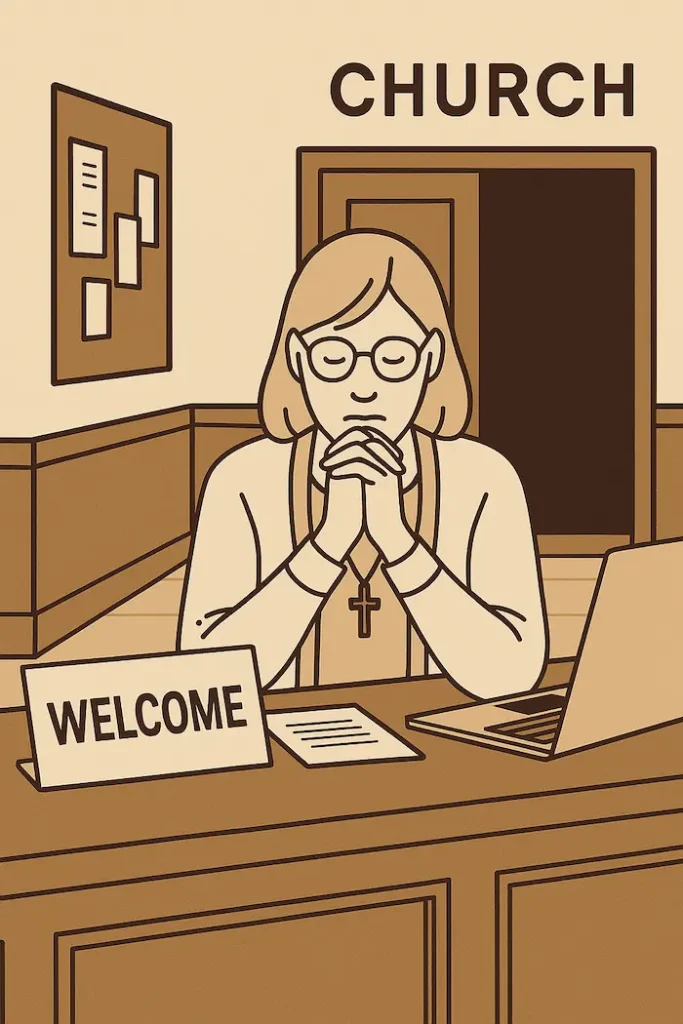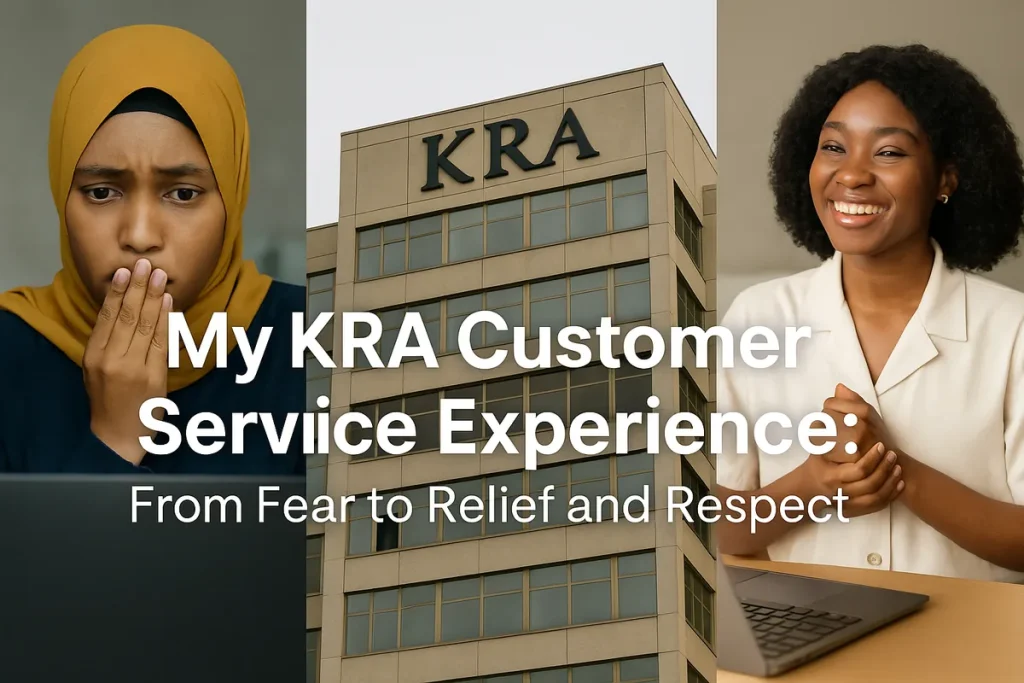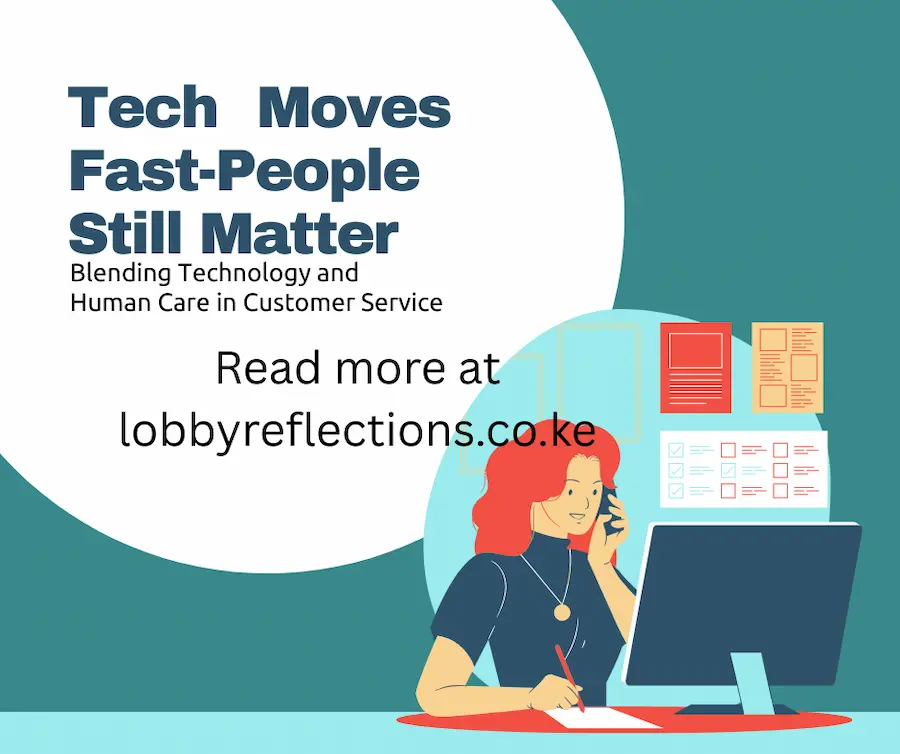
Serving in Church Behind the Scenes: What Most People Don’t See
They say Sunday is a day of rest. For many, it’s a time for brunch, relaxation, or catching up on sleep. But for those of us serving in church behind the scenes, Sunday is anything but restful. It’s a day packed with preparation, dedication, and quiet acts of service that often go unnoticed—but never unappreciated.
The Early Morning Hustle: More Than Just a Service
My Sunday begins long before the sun rises. At 4 a.m., when most are still deep in sleep, my alarm goes off. I gently nudge my son awake, and together we begin our routine. There’s no café or breakfast joint open this early, so we heat leftovers from the night before.
I carry tea in this insulated travel mug — it keeps my tea warm even four hours into my shift while I move from one station to the next.
By 5 a.m., we’re on the road. My mind races through a checklist: prep the kitchen, get the tea boiling, and organize the media desk. As the sweet aroma of Kenyan tea fills the church hall, I whisper, “God, help me serve with a full heart.”
Why Volunteering in Church Behind the Scenes Matters
Serving in church behind the scenes means wearing many hats. At 6:30 a.m., I’m at the media desk preparing for the first service — reviewing liturgy, uploading sermon slides, checking microphones.
Want smoother presentations? I recommend this wireless slide clicker — it’s helped me keep focus during transitions.
Then come the 8:30 and 10:30 a.m. services — each with its rhythm, energy, and unexpected needs.
Behind-the-Scenes Church Duties: Offerings and Hospitality
Between services, I manage the offertory. I unlock the boxes, count the money, record every shilling. It’s a sacred responsibility. For that, I use a simple cash organizer that keeps notes and coins neat.
Next, I serve tea with the hospitality team. Even when I’m tired, a warm smile and cup go a long way in making someone feel welcome. These little unseen moments — pouring tea, arranging chairs, wiping spills — they are ministry too.
Faith Beyond Applause: A Life of Quiet Commitment
By the end of the last service, I’ve been on my feet for over six hours. I haven’t sat. I haven’t eaten. Yet my heart is full.
Thank God for these memory foam shoes that keep my feet from screaming.
Serving in church behind the scenes isn’t about applause or a platform. It’s about giving your all — quietly, faithfully — because God sees what others don’t.
How My Customer Care Experience Shaped My Service
My background in customer care taught me how to stay calm, gracious, and organized in chaos. If you’d like to read about that journey, check out:
👉 Handling Unstable Customers in Customer Care – Kenya
And for a deeper reflection on the heart behind quiet service, don’t miss 👉 Faith Expressing Itself Through Love – A Sunday Reflection.
Serving Quietly, Serving Purposefully
For me, Sunday isn’t a rest day — it’s a calling. The reward isn’t praise or position. It’s knowing I contributed to something greater than myself.
To stay organized, I carry this simple church volunteer notebook — it holds everything from announcements to prayer requests.
So next time you attend a Sunday service, spare a thought for the quiet servers — the ones serving in church behind the scenes. They’re the heartbeat of the ministry.
🙋🏾♀️ How Do You Serve in Your Church?
Are you also serving in church behind the scenes — or planning to start? I’d love to hear your story.
👉 Leave a comment below or share this post with a fellow volunteer.
👉 Looking for tools to make your service easier? Browse the products I personally use to stay energized and ready every Sunday.
📚 Related Reading – Outbound Links
P.S. From Pinterest or Google?
Welcome! This blog, Lobby Reflections, is full of real stories from my life behind church, clinic, and office desks.
👉 Explore more reflections at lobbyreflections.co.ke and subscribe for new updates.







